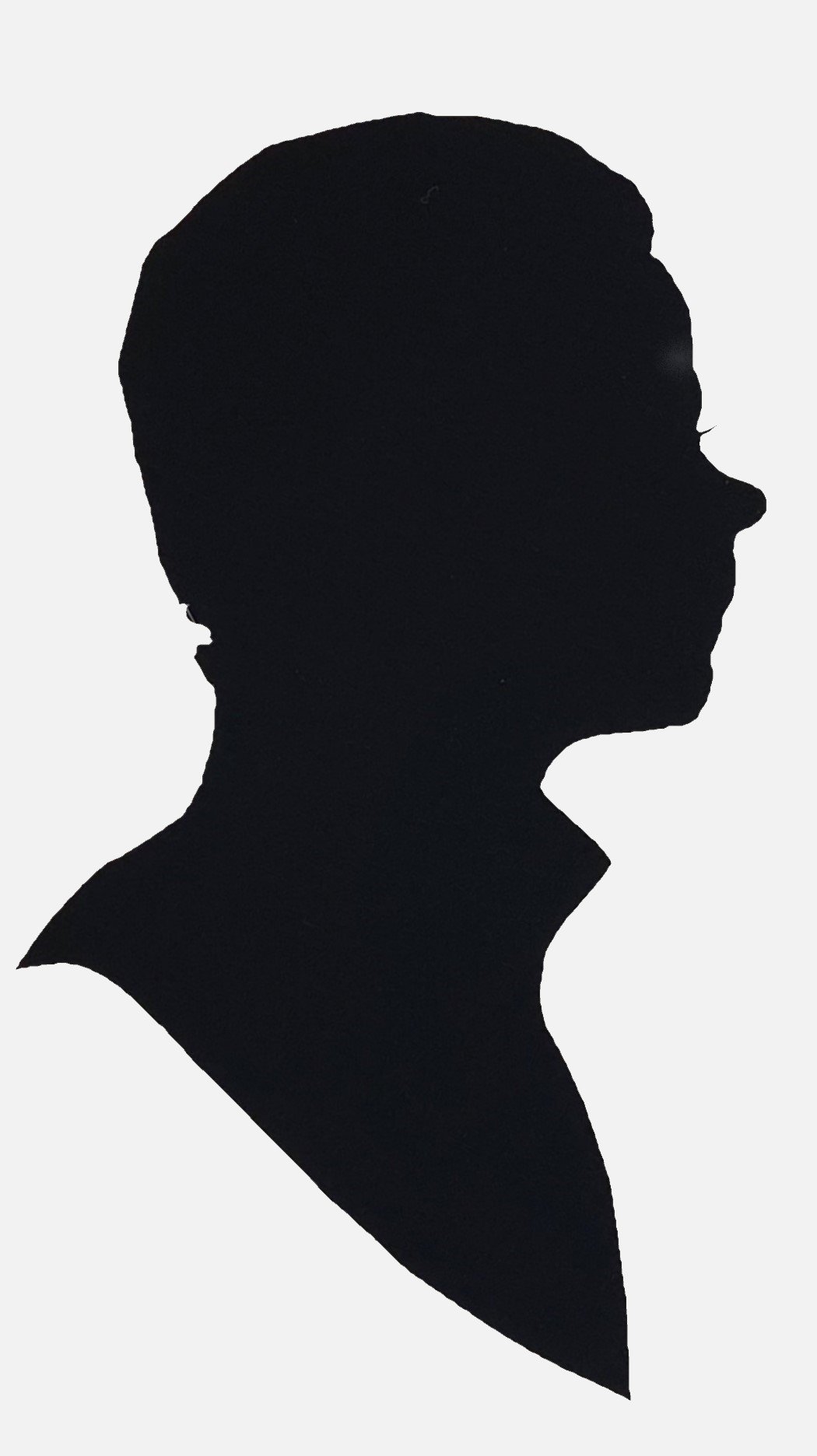Thoughts and Questions for a New Year of Preservation
Aldo Leopold, a legendary conservationist, once offered that, “Our ability to perceive quality in nature begins as in art with the pretty. It expands through successive stages of the beautiful to values as yet uncaptured by language.”
What Leopold offered as the introduction to nature and conservation is remarkably similar to many of our paths through history and preservation. At first, we are captured by the pretty; the grand and beautiful. Detailed carvings catch our eyes, and the work of a master is what we seek out. Yet, for many of us, succeeding years finds us captivated by aspects of historic places which are unable to be expressed by language or definition and beauty becomes immaterial.
It's not the decorative woodwork itself – but the deeply worn tread in the stair made by decades of toil. It’s not the gilded ceiling, but the slender crack along its side which reveals ancient horsehair straining to hold the plaster together. No architectural term can define the feeling of uncovering a long-hidden sliver of wallpaper too small to be preserved but too large to ignore. No well-researched historic structure report can replace the feeling of ascending to the attic of a home to find the roman numerals carved into a beam some three hundred years ago.
None of this is to suggest diligent research, study or definitions no longer matter – or that the sublime should be ignored. Instead, as we begin a new year, I’m suggesting that our job as preservationists and ambassadors of history is to connect others to the visceral and sometimes ineffable quality of historic places.
Often, it’s in the incommunicable in which we find the greatest connection to the humanity that makes our work at once universal and personal. So, in the months ahead, take time to feel the groove in the tread, the crack in the ceiling and the scrap of wallpaper. Take time to commune with history and go beyond that which can be described.
Preservation can help us overcome and address some of society’s most pervasive challenges – from workforce development to affordable housing to our climate crisis – but it can also connect us with a distant past that speaks to us in many voices. Be sure to listen in the year ahead.
